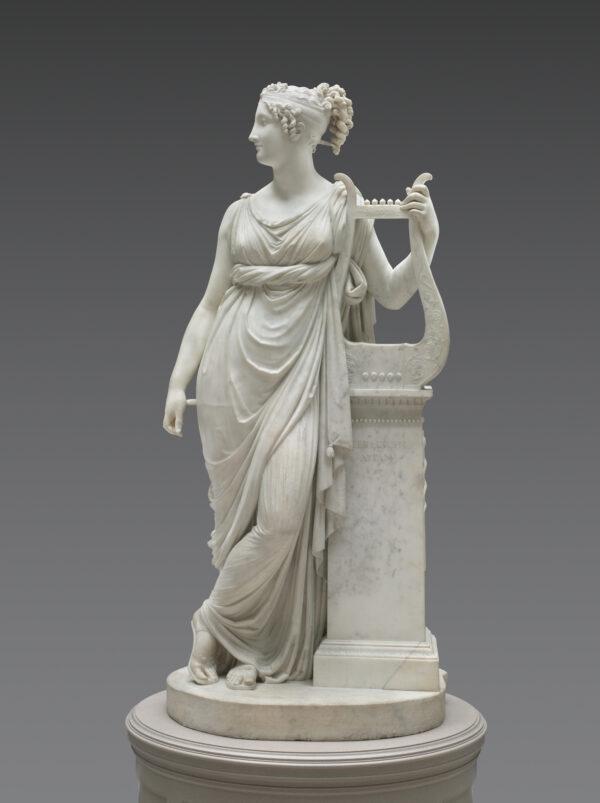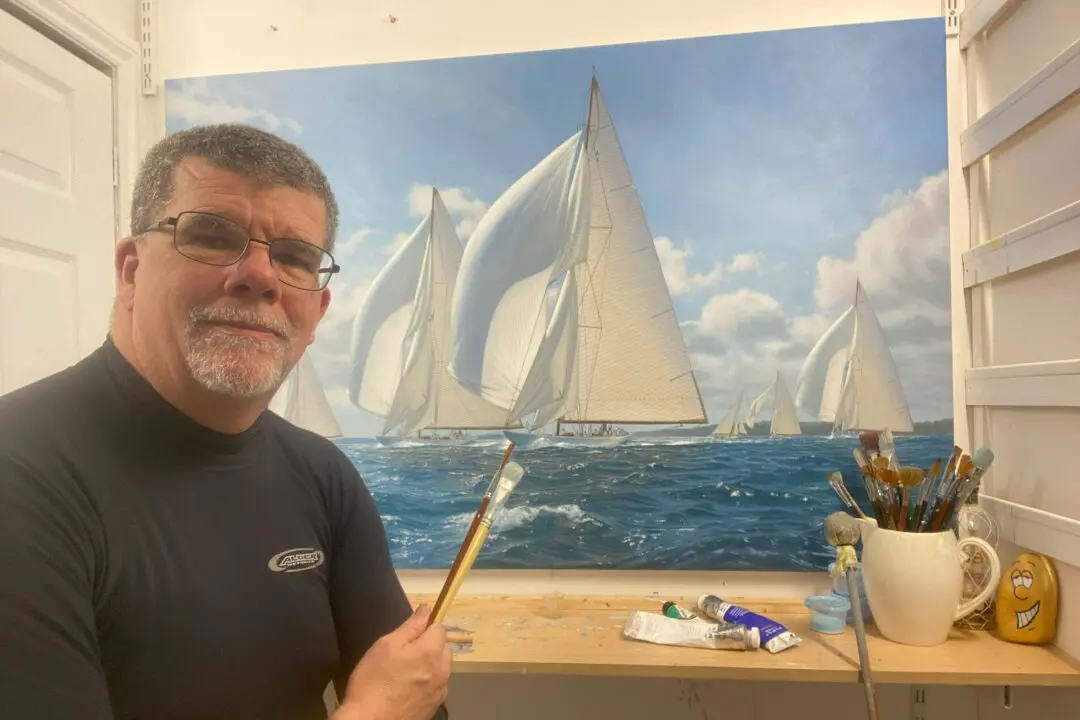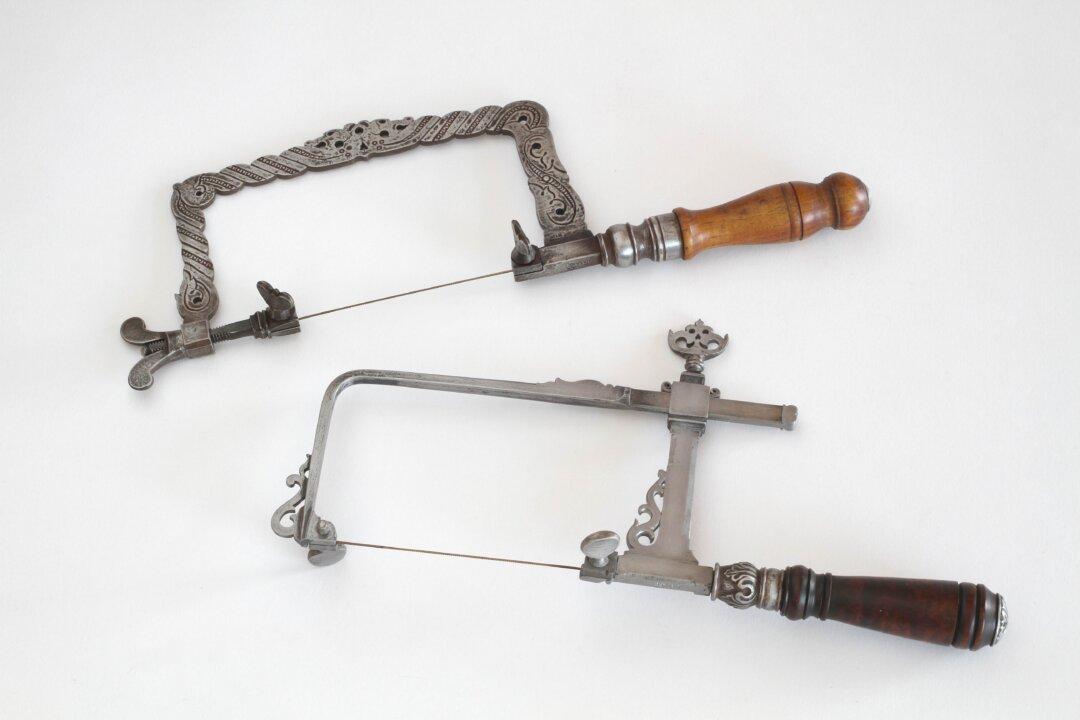Many of us can imagine how an artist composes a picture on paper, but how a sculptor converts a lump of stone into a sculpture of beauty remains one of life’s enigmas. We can see or read the steps in the sculpting process, but the sculptor’s skill still enchants us.

Sculptor Antonio Canova created the greatest neoclassical sculptures of his time, and a new exhibition at the National Gallery of Art in Washington explores how he developed his works in clay, plaster, and marble. “Terpsichore Lyran (Muse of Lyric Poetry),” circa 1814–1816, by Antonio Canova. Marble; 69 7/8 inches by 30 3/4 inches by 24 inches. Leonard C. Hanna Jr. Fund 1968, The Cleveland Museum of Art. The Cleveland Museum of Art






